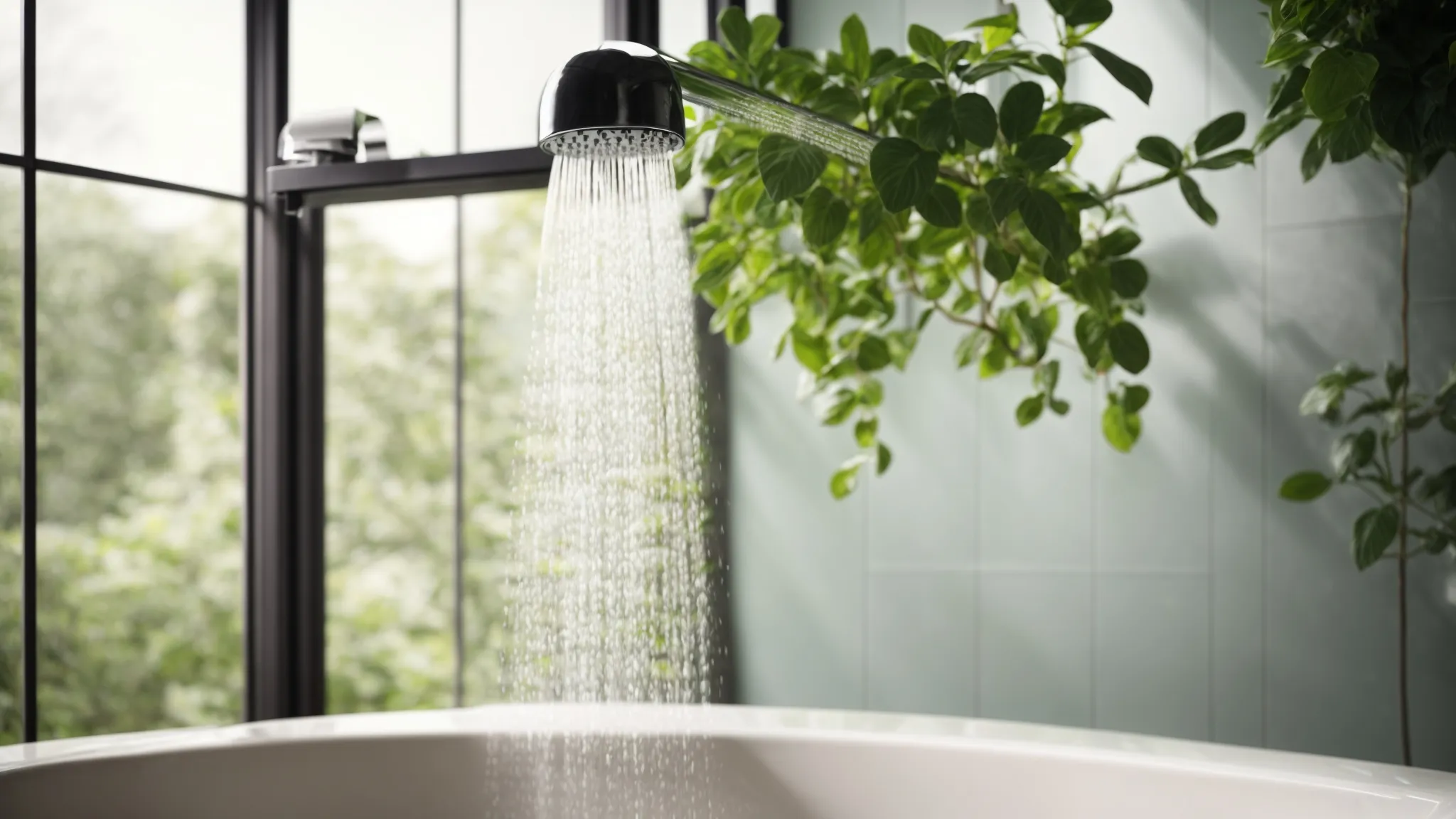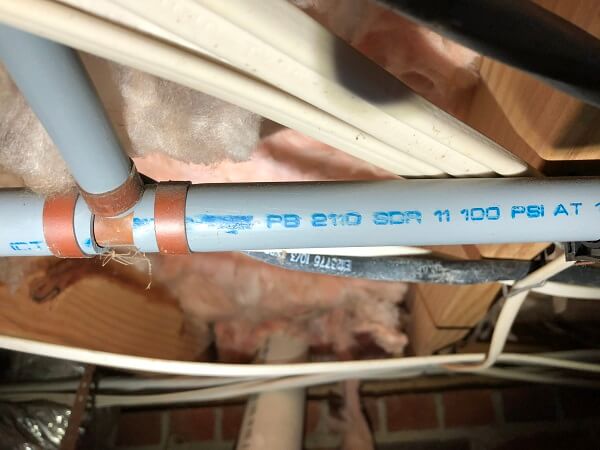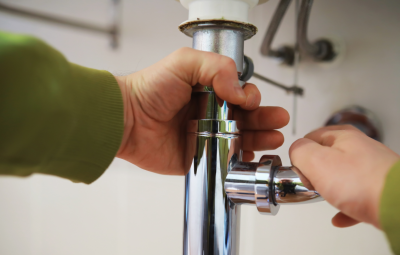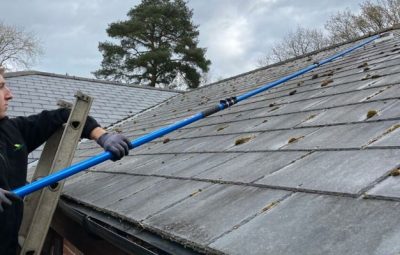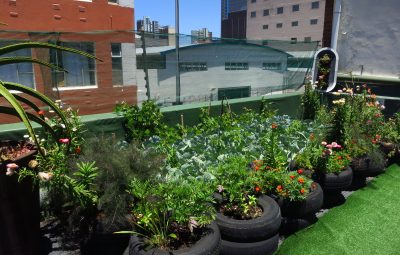Let’s be honest. When you think about shrinking your environmental footprint, plumbing isn’t usually the first thing that springs to mind. But here’s the deal: the water flowing through your pipes is one of the most direct, tangible connections you have to the planet’s resources. Every drop counts, and honestly, the choices you make in your bathroom, kitchen, and laundry room can create a ripple effect of positive change.
Sustainable plumbing isn’t about sacrifice. It’s about smarter, more efficient systems that save you money while conserving precious water and energy. It’s a win-win. Let’s dive into the practical, impactful upgrades you can make to turn your home into a model of eco-friendly living.
It All Starts With Water Efficiency
This is the low-hanging fruit. The easiest wins. And they often have the fastest payback. The goal here is simple: use less water without even noticing a difference in your daily routine.
High-Efficiency Toilets: The Unsung Heroes
Older toilets are, frankly, water gluttons. Some models from the 80s and 90s use a staggering 3.5 to 7 gallons per flush. Today’s high-efficiency toilets (HETs) use just 1.28 gallons or less. Dual-flush models take it a step further, offering a light flush for liquid waste and a full one for solids. The savings add up fast—thousands of gallons per year for a typical family.
Low-Flow Showerheads and Faucet Aerators
Remember those weak, pathetic low-flow showerheads from decades ago? Yeah, forget those. Modern versions are engineering marvels. They mix air with water, creating a luxurious, invigorating spray that feels just as strong—all while using as little as 1.5 gallons per minute (GPM) compared to the standard 2.5 GPM. It’s an instant upgrade that cuts your water heating costs, too.
Faucet aerators are the same story. For a few dollars each, you can screw these little devices onto your bathroom and kitchen sinks. They reduce flow and prevent splashing, saving water every time you wash your hands or rinse a dish.
Harnessing What You Already Have: Greywater and Rainwater
This is where you move from efficiency to true resourcefulness. Why use perfectly drinkable water to flush a toilet or water a garden when there are other sources available?
Greywater Systems: A Second Life for Water
Greywater is the gently used water from your showers, bathtubs, bathroom sinks, and washing machines. With a relatively simple greywater system for home reuse, you can redirect this water to irrigate your landscape. It’s not for drinking, but plants love it. These systems can range from basic “laundry-to-landscape” setups that don’t require major plumbing overhauls to more complex, whole-house systems with filtration and subsurface irrigation.
Rainwater Harvesting: Your Free Water Supply
Capturing rainwater is one of the oldest tricks in the book, and it’s making a huge comeback. A simple rain barrel is a great start, but for a more integrated residential rainwater collection system, you can install larger cisterns that connect to your downspouts. This harvested water is perfect for outdoor use, and with proper filtration and disinfection, it can even be used for toilet flushing and laundry—dramatically reducing your municipal water demand.
The Energy Connection: Your Hot Water System
Water conservation and energy savings are two sides of the same coin. Heating water accounts for a significant chunk of your home’s energy bill. So, using less hot water is great, but how you heat it matters just as much.
Tankless Water Heaters
Traditional tank heaters keep 40-50 gallons of water hot 24/7, a process called “standby heat loss.” It’s like constantly keeping a pot of water boiling on the stove, just in case you want tea. A tankless water heater installation solves this. It heats water on-demand, instantly, as it flows through the unit. You get endless hot water and can save up to 30% on your water heating energy costs.
Heat Pump Water Heaters
This is a seriously cool piece of technology. Think of it as an air conditioner for your water. A heat pump water heater pulls ambient heat from the surrounding air and transfers it to the water in its tank. It’s two to three times more energy-efficient than a standard electric resistance water heater. They work best in spaces that stay between 40º-90ºF, like a garage or basement, and they even dehumidify the air as a bonus.
Material Matters: Pipes and Fixtures
Sustainability is also about what your plumbing is made of. The materials impact both your home’s health and the planet’s.
PEX (Cross-Linked Polyethylene) tubing has become a favorite for green plumbing. It’s flexible, durable, and resistant to scale and chlorine. It’s also faster to install than copper, requiring fewer fittings and creating less waste. And because it’s so flexible, it can expand if water freezes inside, making it less likely to burst than copper or CPVC pipes.
When choosing fixtures, look for those made from recycled materials. You know, brands are now crafting beautiful faucets and shower systems from post-consumer brass and other metals. It’s a small choice that supports a circular economy.
Simple Habits for a Greener Home
Technology is powerful, but your daily habits are the foundation. You don’t need a major renovation to start making a difference today.
- Fix those leaks. That slow, steady drip from a faucet or the silent leak from a toilet flapper can waste hundreds, even thousands of gallons a year.
- Be shower-savvy. Taking shorter showers is an obvious one, but also consider turning off the water while you lather up or shave.
- Insulate your pipes. Wrapping your hot water pipes reduces heat loss, so you get hot water faster and waste less down the drain while waiting for it. It’s a cheap, DIY project with immediate rewards.
- Choose your appliances wisely. When it’s time to replace your washing machine or dishwasher, look for the ENERGY STAR label. These models are certified to use significantly less water and energy.
A Final Thought
Building a sustainable home isn’t a single, monumental decision. It’s a collection of choices—some big, some small—that slowly reshape your relationship with the resources you use. Your plumbing, that hidden network working quietly behind your walls, offers a profound opportunity to be part of the solution. It’s not just about saving a few dollars on a utility bill. It’s about rethinking the flow of our daily lives and leaving a lighter, more thoughtful footprint on the world.


